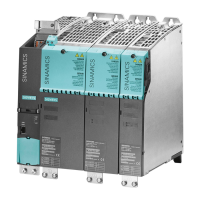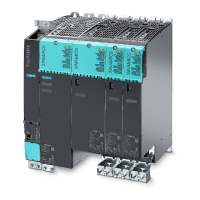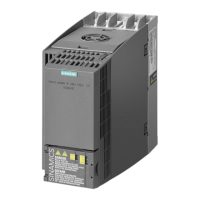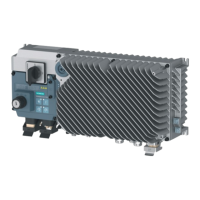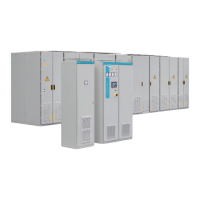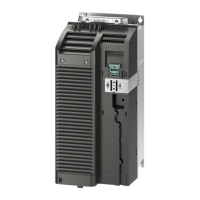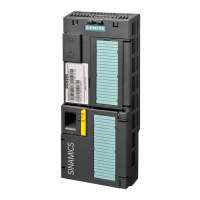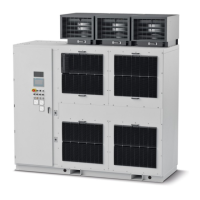Safety Integrated Extended Functions
6.11 Safety faults
Safety Integrated
110 Function Manual, 05/2010, A5E03264275A
Examples for illustrating the information in the table
1. Safety function SS1 has just been selected. STOP A remains active; a STOP B operation
that is currently in progress is not interrupted by this. Any remaining STOP C-F would be
replaced by SS1.
2. The SLS safety function is selected. This selection does not modify the function of STOP
A-D. A STOP F now triggers a STOP B because a safety function has been activated.
3. Stop response, STOP C is selected. If the STO or SS1 safety functions are active, this
does not have any effect. If SS2 is active, this braking ramp is retained. If SOS is active,
SOS remains effective, which is also the end status of STOP C. When SLS is selected,
the drive is decelerated with STOP C.
Acknowledging the safety faults
General
NOTICE
Safety faults can also be acknowledged (as is the case for all other faults) by switching the
drive unit off and then on again (POWER ON).
If this action has not eliminated the fault cause, the fault is displayed again immediately
after power up
Acknowledgement via TM54F
Parameter p10006 "SI acknowledgement internal event input terminal" allows faults to be
acknowledged in the safety drives and in TM54F itself.
The "safe fault acknowledgement" mechanism functions as follows:
The safe input F-DI on the TM54F parameterized with the function p10006 "Safety Integrated
acknowledgement internal event input terminal" is energized. This allows faults that occurred
in the firmware installed in the Control Unit or Motor Module to be acknowledged by means
of a safe input signal. The falling edge at this input resets the status "Internal Event" in the
drives and, if used, in the TM54F.
To prevent safety faults from being acknowledged unintentionally or incorrectly, the signal at
the TM54F F DI terminal, which was parameterized for acknowledgement purposes, must be
at level "0" in the idle state. To trigger the acknowledgement (falling edge at F DI), the signal
must first be set to "1" and then back to "0". If the required idle state is not reached, an alarm
is output.
After "safe fault acknowledgement", an acknowledgement must be issued on the Control
Unit in order to:
● Delete the TM54F faults from the fault buffer
● Reset the queued, red Ready LED on the TM54F.
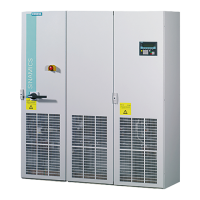
